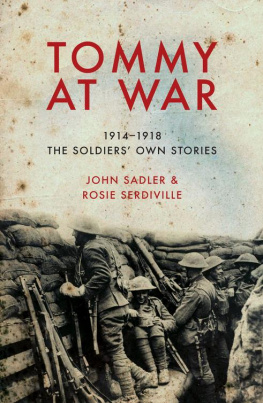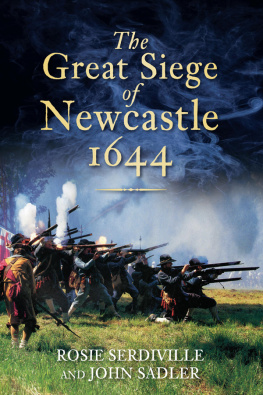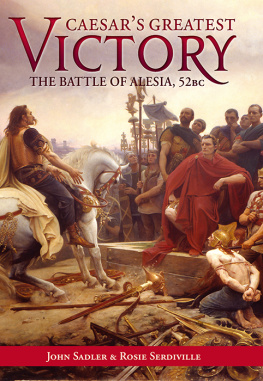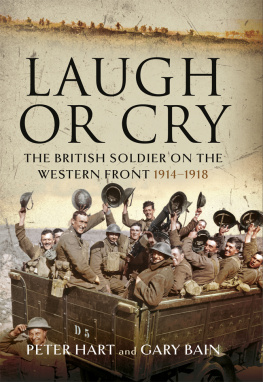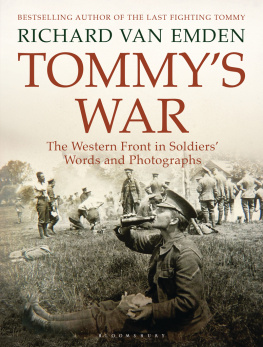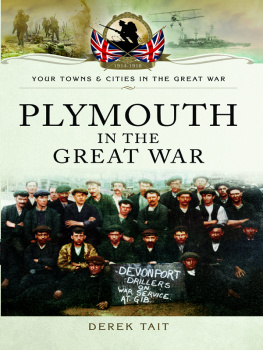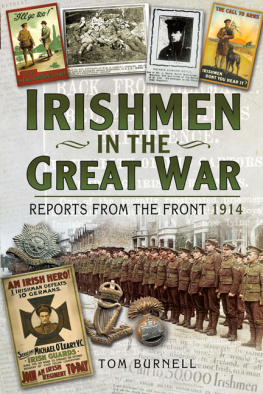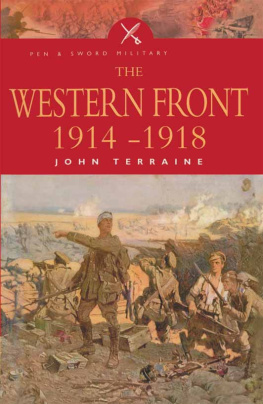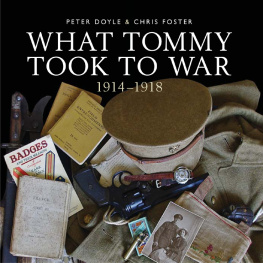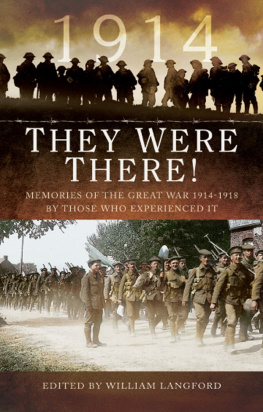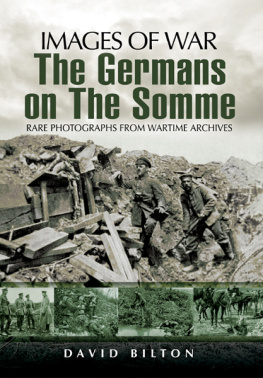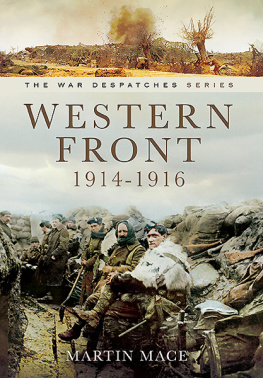This one is for Silvie and for Gerry. Inspirations both.
YOUR KING WANTS YOU!
YOUR COUNTRY WANTS YOU!
YOUR CHUMS WANT YOU!
Colonel Gilbert O. Spence, 5th Battalion Durham Light Infantry
At every Great War memorial service, the soldier is referred to as though patriotism had been the chief influence that had made him join the army and ultimately die in action. To the ex-serviceman who has had his eyes opened to the lies and deceptions of the Great War, how sad and ignorant it all is, he knows that practically all the pious outpourings over their dead comrades and comrades enemies are based on a false thesis.
The majority of the rank and file of the Contemptibles joined the army for many various reasons other than that of patriotism; unemployment, home troubles and petty evils were the best recruiting sergeants in pre-war days and, when the war came, the spirit of adventure was the main influence, backed by every possible means of enticement and coercion. If the psychology of the un-conscripted Great War British soldier could ever be written, patriotism would be the least of impulses and hard instinct of men of fighting temperament at the top.
The truth about the non-commissioned soldier, who fought in the Great War, is a thing to be ashamed of, instead of being blessed and glorified as a virtue by those who are far removed from the foul realities of it.
Sergeant Charles H. Moss, 18th (Pals) Battalion DLI (c.1924)
Naturally, the common people dont want war, but after all it is the leaders of the country who determine policy and it is always a simple matter to drag people along voice or no voice, the people can always be brought to the bidding of the leaders. This is easy. All you have to do is tell them they are being attacked and denounce the pacifists for lack of patriotism and for exposing the country to danger. It works the same in every country.
Reich-Marshal Hermann Goering (at Nuremberg)
CONTENTS
J ohn has had an enduring fascination with the Great War since childhood, when men of his grandfathers generation who had served were in their sixties and seventies. His paternal grandfather, a lifelong pacifist, had been amongst that relatively small group of conscientious objectors who refused to take up arms. Their cases, like those of the shot at dawns, remain controversial. His grandfather was imprisoned in Richmond Castle and, at times, force-fed. The experience had a lasting effect upon his health.
Despite this anti-war pedigree, Johns life has been spent studying conflict. He has walked the ground of the Western Front on countless occasions, from rain-drenched, leaden soil in Flanders, through mining villages in Artois to the chalk uplands of the Somme and the rolling terrain of Verdun. Some years ago, when a few veterans were still sufficiently spry to visit the small and lovely city of Ypres, he encountered with a school group one survivor, there with his family. The young people had the privilege, denied to future school parties, of talking with one who was actually there, a living link with those featured at In Flanders Fields, the museum theyd just visited. The old man had acted as battalion runner, a highly risky job. Many of his comrades had been killed or injured. When one of the young asked him, Why did you do it? he simply replied, It was my duty. I doubt anyone could summarise the generation of 1914 any better.
Rosies angle of approach is rather different. Part of the second wave of the Womens Movement back in the 1970s, she began to puzzle over those suffragettes who put their campaign on hold in 1914. It did not mesh with the anti-war mood of the new generation. The situation turned out to be more complex (they always are).
We make no apologies if this book appears to adopt a rather northern-centric view. The county regiments of the north contributed more battalions than any others and suffered accordingly. A previous book, Dunkirk to Belsen, covered the fighting mans experience in World War Two and this volume, in part, is intended as a companion. Ours is also a British account, viewing the conflict from Tommys side of the wire. This does not denigrate the immense sacrifice of our allies in the war or that of our enemy, who proved a brave, honourable and remarkably tenacious foe.
O ver the years we have learned a great deal, partly from contact with others in the field and partly from published and media sources. Anyone of our generation who has studied the Great War owes a debt to John Terraine, not just for his numerous published works but for his groundbreaking TV series, aired from the late summer of 1964 and which remains unsurpassed.
Amongst those other writers whose work has greatly expanded our own understanding and fuelled our enthusiasm we must number Martin Middlebrooks First Day of the Somme. It must be one of the most influential texts in terms of how many view military history. Alistair Hornes haunting account of Verdun remains by far the best. Alan Clerk, Peter Hart, Lyn MacDonald, Peter Ellis and numerous others deserve their place in the list. Amongst those whose personal empathy and knowledge have been invaluable we must cite Steve Shannon, Dr Barry Matthews, Dr Ian Matthews, Graham Trueman, Trevor Sheehan, Paul Thompson, Captain R. Sadler of the Royal Engineers and Captain S. Meadows of 2nd Gurkhas.
This book could not have been written without the generous assistance of a number of organisations and individuals, particular thanks are due to: Roberta Goldwater of A Soldiers Life and colleagues at Tyne and Wear Archives and Museums; Tony Goddard of the Border Regiment Museum at Carlisle; Ian Martin of the Kings Own Scottish Borderers Museum, Berwick-upon-Tweed; Trustees of the Green Howards Museum, Richmond; Trustees of the Durham Light Infantry Museum and Art Gallery; staff of Durham County Record Office; staff of Northumberland County Archives at Woodhorn; the Trustees of the Fusiliers Museum of Northumberland, Alnwick; colleagues at the North East Centre for Lifelong Learning at the University of Sunderland; staff at the Literary and Philosophical Library, Newcastle; Anna Flowers and colleagues at Central Libraries, Newcastle and Gateshead, Clayport Library Durham, Northumberland Libraries at Morpeth, Alnwick, Blyth, Hexham and Cramlington; to Glenn Baume and colleagues of the Heugh Gun Battery Trust Limited. We are also indebted to Lindsey and Colin Durward of Blyth Battery, Blyth, Northumberland; Peter Hart and the staff of the Imperial War Museum Sound Archive; Richard Groocock at the National Archive; Amy Cameron of National Army Museum; archive staff of the Defence Academy of the United Kingdom at Shrivenham; David Fletcher of the Tank Museum, Bovington; Rod Mackenzie of the Argyll and Sutherland Highlanders Museum; Thomas B. Smyth of the Black Watch Museum; Paul Evans of the Royal Artillery Museum; curator and staff of the Royal Engineers Museum and Archives, Chatham; Peter Barton of La Boisselle Study Group; John Stelling, Anthony Hall and Henry Ross of North War Museum Project; Tony Ball of the Western Front Association; Jennifer Laidler for her grandfathers memoir; J. R. Keighley for his poem One Hundred Years, Samantha Kelly for original verse; Jan and Michael Crawley; Morag Miller and family; Mr and Mrs Cookson of Meldon Hall; Silvie Fisch; Gerry and Helen Tomlinson; Liz Clarke for bouncing ideas around so happily; The Womens Library. Special thanks are due to Kate Hordern, our indefatigable agent and to Jeremy Robson of The Robson Press for another successful collaboration.
Thanks must also be given to the staffs of various Great War museums and memorials across the breadth of the Western Front who have provided willing and friendly assistance over the years In Flanders Fields, Ypres; the Memorial Museum Passchendaele at Zonnebeke; Tyne Cot Cemetery Visitor Centre; Hooge Crater Museum; the Trench of Death, Diksmuide; Newfoundland Park Visitor Centre; Ocean Villas WWI and WWII Museum; Ulster Tower; Thiepval Visitor Centre; Museum of the South African Forces, Delville Wood; Historial de la Grande Guerre, Peronne; Somme 1916 Trench Museum, Albert; Vimy Memorial Park; Notre Dame de Lorette and the Wellington Tunnels, Arras.

